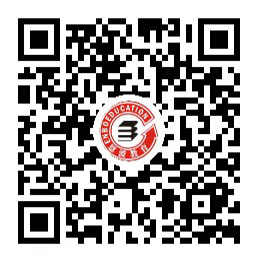◆形容词、副词用法辨析
每个形容词、副词各有其意。做题时,辨析它们的关键是根据语境选择能使题干意思通顺、逻辑正确的选项。
1. very 与much
①可分等级的形容词和副词前使用very不用much。已转化为形容词的现在分词前用very。如:very interesting/worrying/exciting。
②修饰现在分词转化成的形容词一般用very,修饰过去分词一般用much,但当过去分词已转化为形容词时,也可用very。
I am very tired.
The story is very exciting.
I was much amused by  attitude.
attitude.
③too前用much或far,不用very。在too many/much, too few/little前用far。
You are much/far/a lot too nice.
There is far too little opportunity for adventure these days.
We have got far too many eggs and far too few egg cups.
④关于原级形容词要记住下列固定的修饰结构:
a. 修饰绝对意义的形容词,一般不用very,而用quite, completely, well, entirely。如:quite wrong/mistaken/sure, completely dead,quite impossible,quite perfect等。
b. 修饰以a开头的形容词,多用特殊的修饰词:quite alone,very much alone, wide awake, fast asleep,very much afraid。
c. 一些特殊形容词的修饰语:be well worth, much the same, freezing cold,quite different, terribly cold/frightening。
2. so… that… 与such… that…
so+形容词/副词+that…
so+形容词+a(n)+单数可数名词+that…
so+many/much/little/few+名词+that…
such+a(n)+形容词+单数可数名词+that…
such+形容词+不可数名词+that…
such+形容词+复数名词+that…
3. ago与before
ago表示以现在为起点的“以前”;
before指以过去或将来的某时刻为起点的“以前”。泛指“以前”用before而不用ago。
4. already,yet与still
already表示某事已经发生;yet表示期待某事发生; still表示某事还在进行,主要用于肯定句。
5. too, also与either
too和also用于肯定句, too多用于口语, also多用于书面语;either用于否定句。
6. good与well
与good不同的是, well作形容词时,只能在系动词后作表语,表示“身体状况好”,也可作副词修饰动词。
7. quick与fast
作形容词皆表“快”。fast多指运动的物体,含“持续”的意思;quick多指一次动作的敏捷、突然,而且持续的时间较短。
8. real与true
都表“真的”。real强调真实存在的而不是幻想的,在句中常作定语;true指与事实标准和实际情况相符合,在句中作表语或定语。
9. hard与difficult
两者均表示“困难的”,但hard通常指体力上困难; difficult则指智力或技能上的困难,困难程度大于hard。它们都可作定语和表语。hard也可作副词,表示“困难地”。而hardly是副词,表“几乎不”。

微信小程序
微信扫一扫体验

微信公众账号
微信扫一扫加关注
评论 返回
顶部

发表评论 取消回复